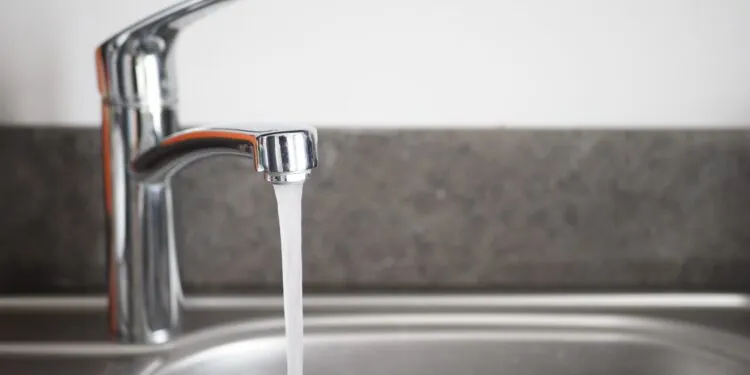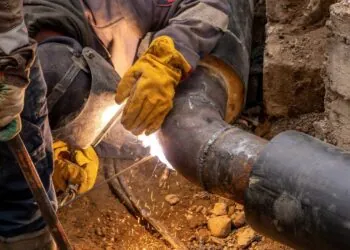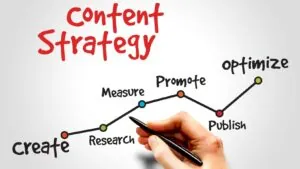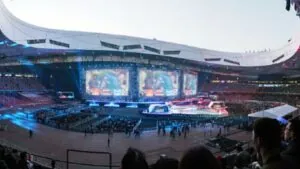With today’s advancements in modern technology, automation is gradually integrating into everyone’s lifestyle, and smart homes are advancing to a new level of convenience. Water supply automation is one of the main parameters in a smart home system. In addition, it is relevant to note that this technology enhances resource management, which is a crucial factor in the contemporary world thanks to emerging environmental concerns.
The main components of an automated water supply system
- Sensors and detectors: Sensors and detectors are installed throughout an automated water supply system to monitor pressure, temperature, humidity and leaks – helping detect problems early and avoid further damage.
- Smart valves: Electronically controlled valves can automatically shut off the water supply if they detect a leak or other anomaly, protecting homes from flooding while decreasing risk. This reduces flooding risk significantly while decreasing the chances of property damage.
- Central controller: The central controller is the system’s brain. It processes information from sensors and detectors, makes informed decisions, and controls other system components. This ensures the system always operates at its best, keeping users informed and in control.
- Mobile apps and interfaces: Intuitive mobile apps allow users to monitor the water system, receive alerts about leaks or other problems, and customize system operating modes.
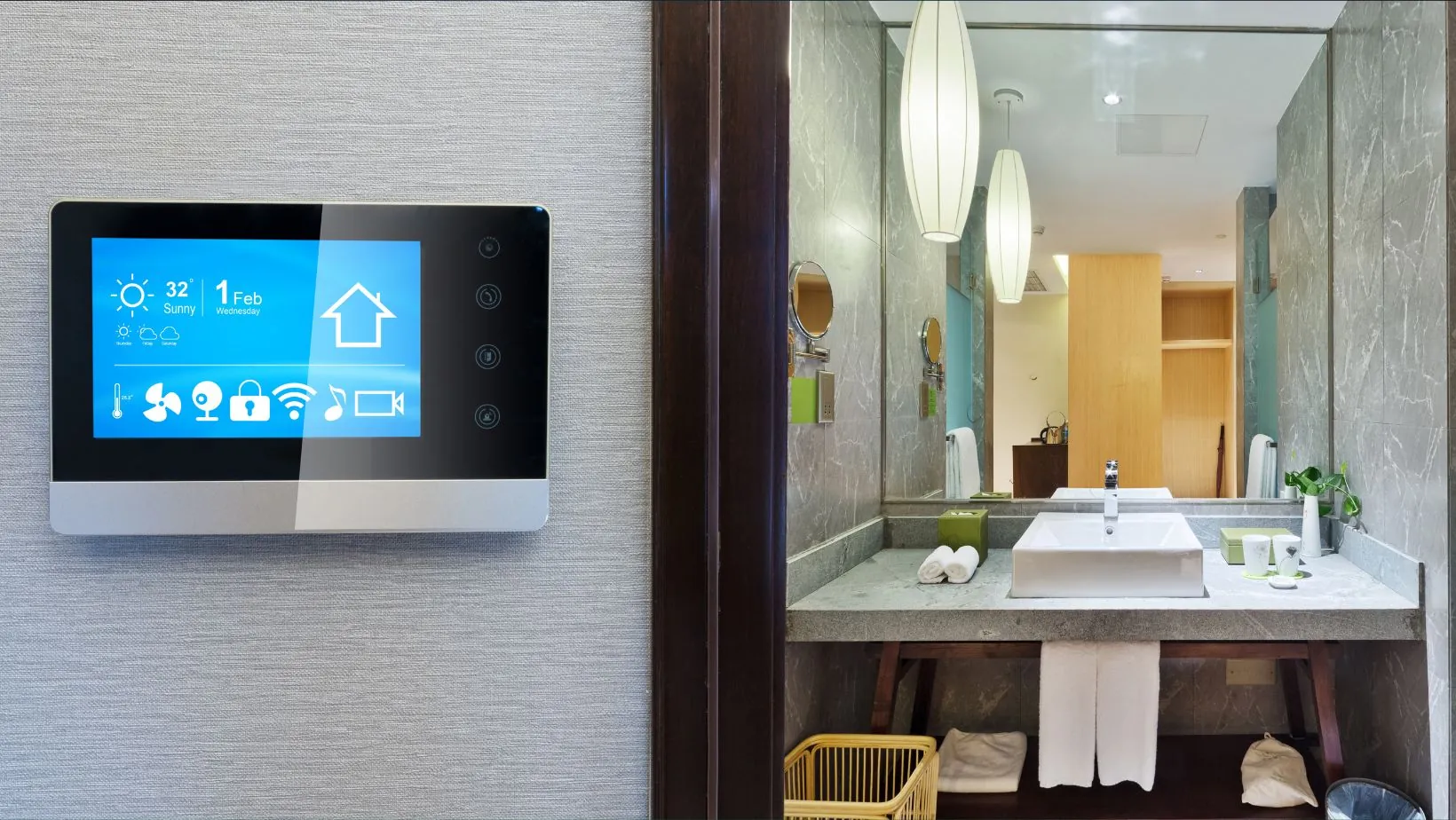
Unexpected leaks can be a considerable inconvenience to any homeowner, particularly if they occur at inconvenient times, such as at night or while away. Smart home water systems are equipped to detect these leaks and automatically shut off the water supply to minimize damage; integrated with mobile applications, users receive notification of this issue and can quickly order professional assistance from Superior Plumbing and Heating Oakville plumber https://superiorplumbing.ca/oakville/
Advantages of water supply automation
- Saving both water and energy: Automated systems can detect leaks and excessive water usage, helping reduce utility bills, while efficient use of hot water helps cut energy costs for heating it.
- Smart valves and sensors offer protection from leaks and flooding: When water leaks into an unintended space, smart valves and sensors allow you to respond immediately by shutting off water flow quickly and automatically to stop flood water from infiltrating.
- Increased Comfort: Customizing the operation modes of the water supply system allows you to provide optimal conditions for each family member. For instance, setting a program to deliver hot water from a water heater at an exact time saves waiting.
- Remote Control: Users can easily manage their water system from any location using mobile applications, making this option particularly helpful during long absences from home or to monitor its condition during vacations.
- Integrating with other smart home systems: Your automated water supply system can easily integrate with other systems, such as heating, ventilation, and air conditioning, for an all-encompassing smart home ecosystem.
Examples of Water supply automation
- Smart faucets and shower systems allow users to adjust water temperature and pressure settings and save personalized settings for each user. Furthermore, some models automatically shut off after a set amount of use to save water and prevent faucet repair.
- Smart washing machines: These smart devices can automatically determine the optimal water level for each wash cycle depending on its weight and type, helping reduce energy and water consumption. In addition, they send notifications directly to your phone when a cycle has completed or maintenance needs arise.
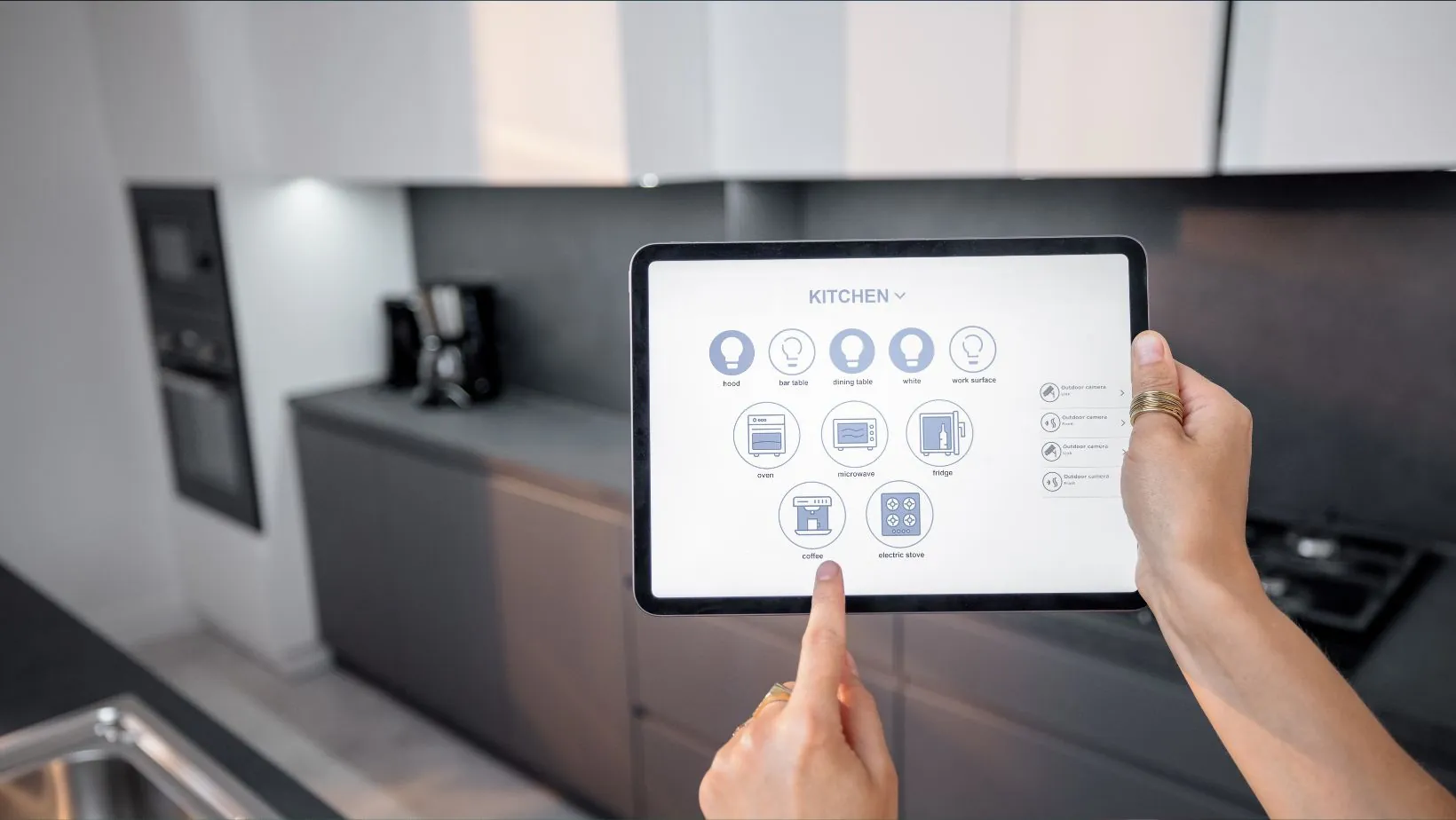
- Water quality monitoring systems: Sensors can measure water quality, detect contaminants, and automatically trigger purification processes, which are essential elements in providing safe drinking water consumption.
Automation of water supply with smart home technology provides new avenues for improving comfort, safety, and resource efficiency. Utilizing modern sensors, smart valves, and centralized controllers not only saves water and energy but also provides early detection and resolution of problems. This comprehensive solution improves the quality of life while helping preserve the environment, making introducing these technologies part of modern housing and providing comfort and safety to its residents.


